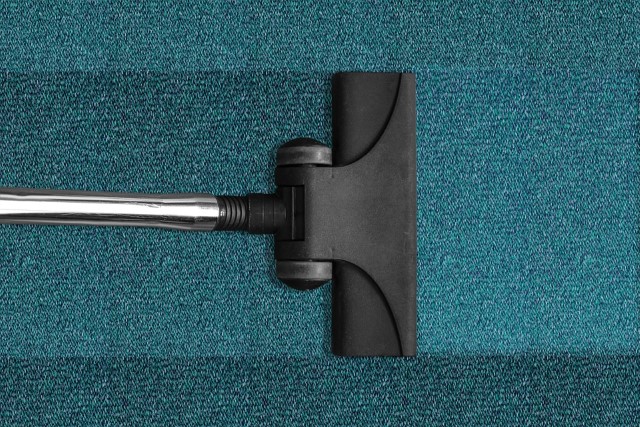Mold in a carpet is a common issue that can pose significant health risks and damage your home. Understanding how to detect, prevent, and eliminate mold is essential for maintaining a healthy living environment.
Causes and Detection: Mold thrives in damp, dark environments. Carpets in areas prone to moisture, such as basements, bathrooms, and kitchens, are especially vulnerable. Spills, flooding, and high humidity levels can all contribute to mold growth. Signs of mold include musty odors, discolored patches, and allergic reactions such as sneezing, coughing, or skin irritation.
Health Risks: Exposure to mold can lead to respiratory problems, particularly for individuals with asthma or allergies. Mold spores can cause symptoms like nasal congestion, throat irritation, and eye discomfort. Long-term exposure can exacerbate these issues and lead to more severe health problems.
Prevention: To prevent mold growth, keep carpets dry and clean. Use dehumidifiers to maintain low humidity levels and ensure proper ventilation in high-moisture areas. Clean spills immediately and consider using mold-resistant carpet padding. Regularly vacuuming with a HEPA filter can also help reduce mold spores.
Removal and Mitigation: If you find mold in your carpet, it’s crucial to act quickly. Small areas of mold can be treated with a mixture of water and vinegar or baking soda. For extensive mold growth, professional cleaning may be necessary. In severe cases, replacing the carpet might be the best option.
By staying vigilant and proactive, homeowners can effectively manage and prevent mold in carpets, ensuring a healthier and safer home environment. Regular maintenance and prompt action are key to keeping your carpets mold-free.

